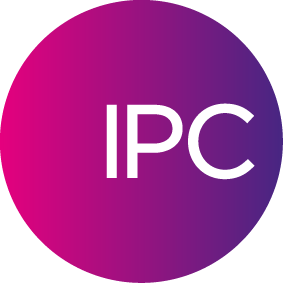You want specific functionality to get the job done faster, easier, better. As far as your communications trading platform is concerned, you don’t care how you get communications, you just need the flexibility to use it in a manner that’s convenient for your workflow – able to have trading apps on your desktop that are important to how you do business.
How flexible is your communications framework? Historically, the financial services industry has focused on the turret and what capabilities to put in it for traders. But today’s financial firms need much more – they need a communications platform that can power new workflows, accommodate compliance and security requirements, be customizable to individual preferences as well as flexible to integrate the desired innovations and applications of users throughout their enterprise. Buy-side; sell-side; front, middle and back-office users; liquidity and settlement as well as retail operations have communication needs and differentworkflows.
As the financial services industry moves quickly beyond just trader voice, firms should invest in broadening the scope of their communications platform to include:
- User Productivity – to increase speed, accuracy and security consider applications for single sign-on, self-service workflows, group conversations including IM to voice and vice versa, calendar and conference bridge integration, salesforce.com CRM integration, SFB integration and real-time speech to text transcription.
- Operational Efficiency – for gains throughout the firm, applications for user provisioning (joiners and leavers), credential management integrated into IT workflow, automated inventory analysis and management, platform utilization analysis and voice quality analysis and troubleshooting.
- Business Intelligence – helpful apps that provide metadata services, call and workflow analysis, return on investment analysis and per user billing reports and analysis.
- Security – critical applications such as biometric authentication, counterparty identification and a single sign-on that lets users log on to their PC and automatically logs them on to their communications device.
- Compliance – applications that can support enforcement of communication policies and real-time surveillance of calls.
As Regulated Trading Environment’s Grow, Security, Compliance, Reliability and Scalability Become even More Critical
As exchanging information becomes ever-more critical for today’s market participants, so does the power and flexibility of their communications platform. In an ever-more regulated trading environment that platform must also be secure and certified, compliant, developer friendly, reliable and scalable for core and future capabilities.
We are not just entering, we are already in an age where margins for success are thinning and every attribute to gain a competitive advantage is needed. A good place to start accelerating your advantage is making sure your communications platform has the power and flexibility for today and the future. By enabling users with access to what they need when they need it, your firm can increase efficiency and propel business growth.

